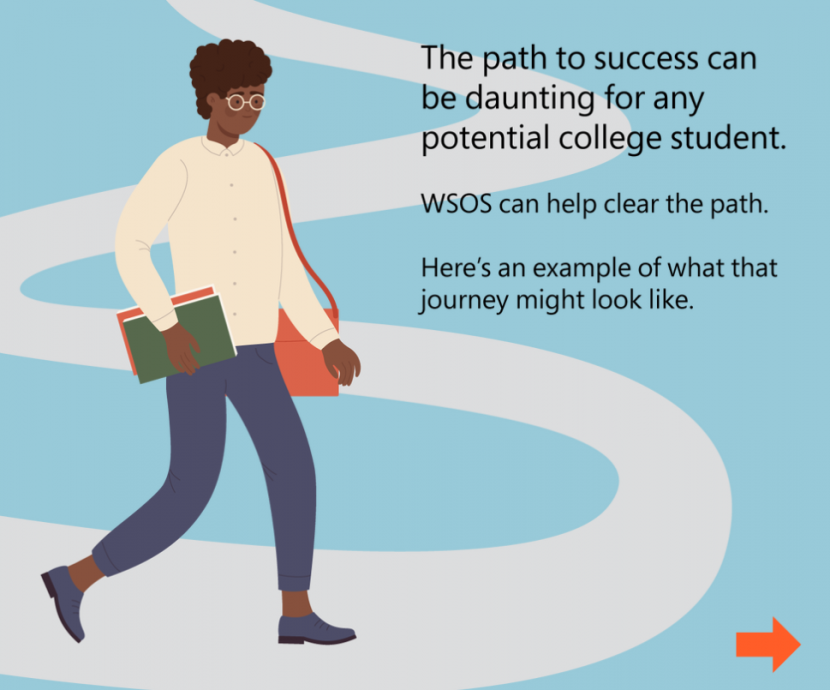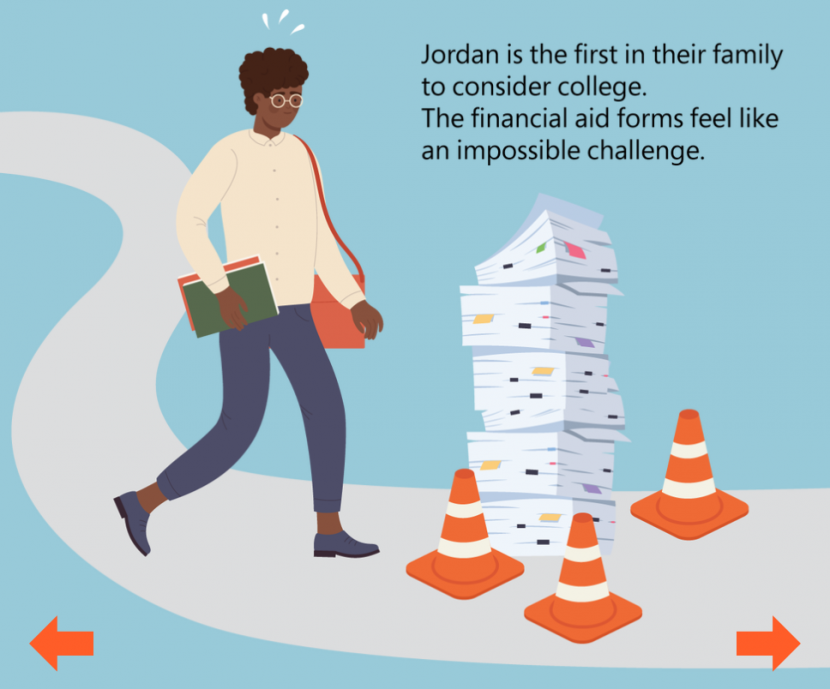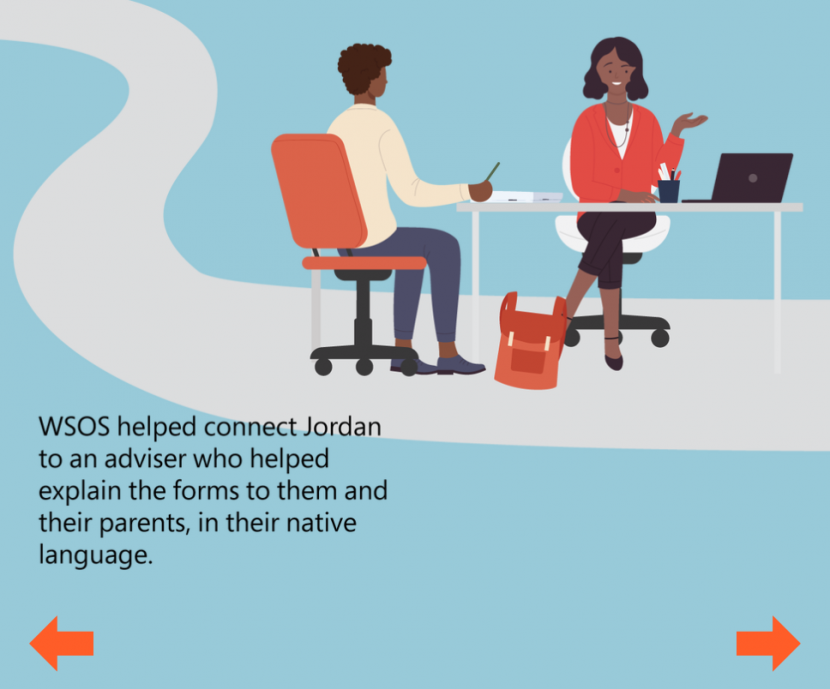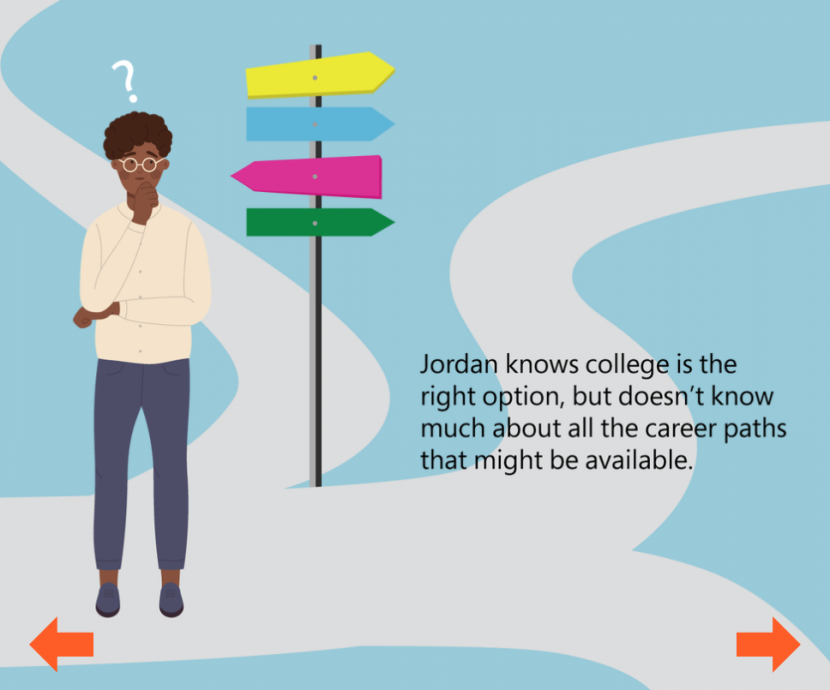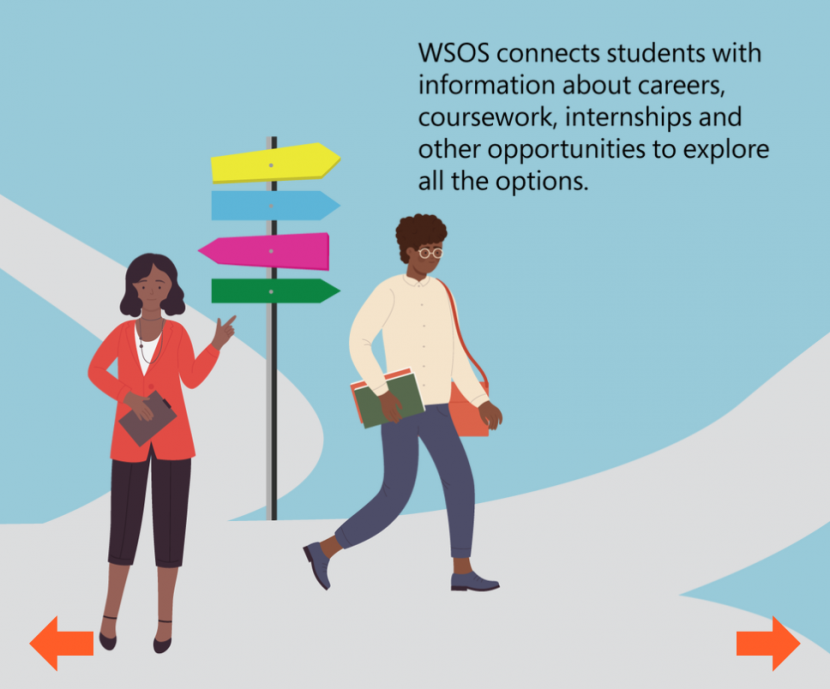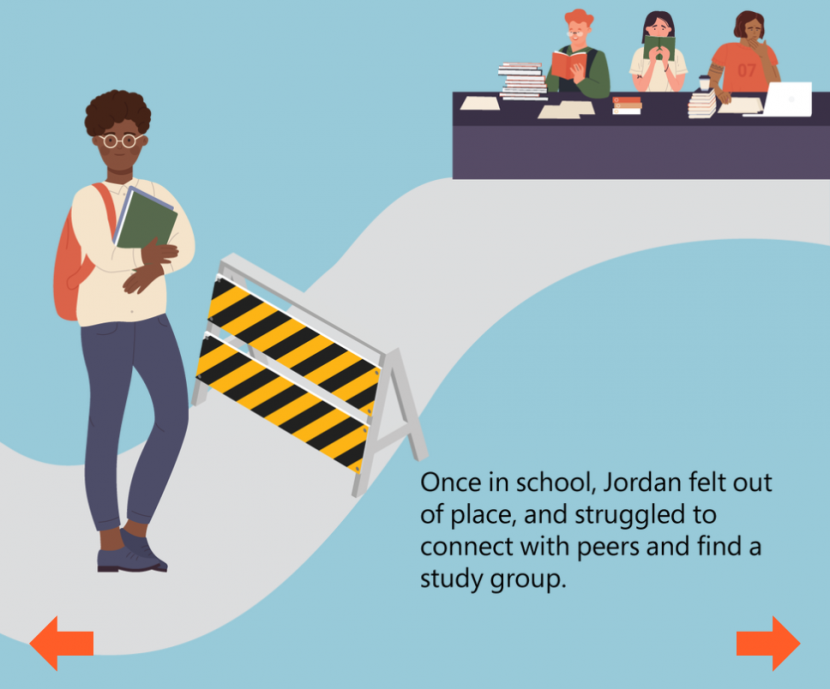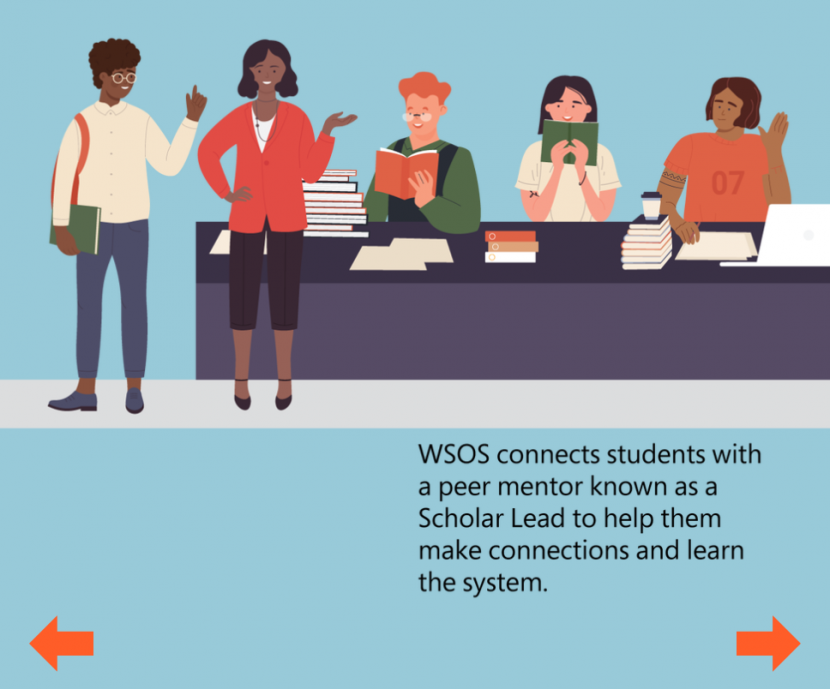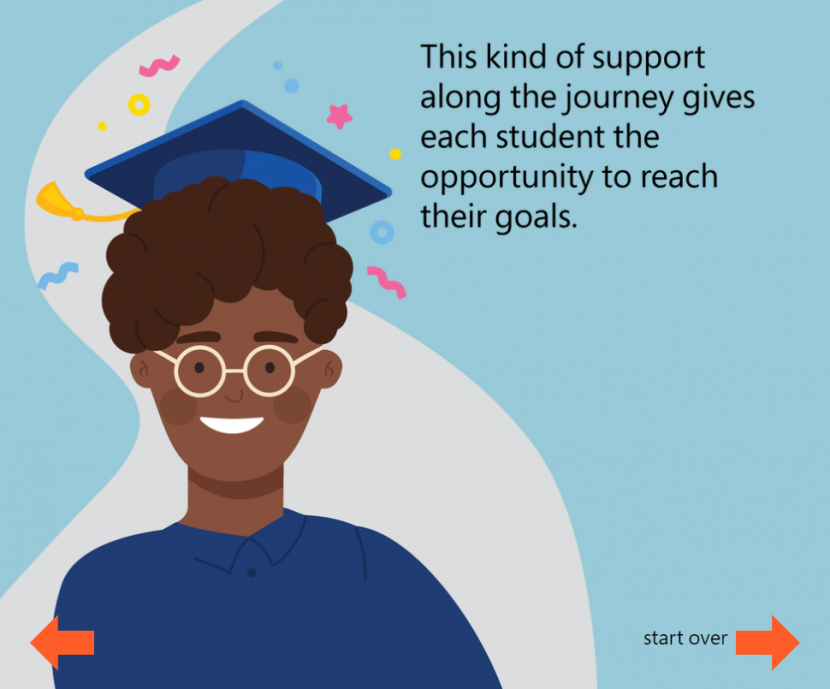For dedicated STEM students, success starts with access to opportunity
You can’t be what you can’t see, and for Saori Hunziker, that means college didn’t seem like a real option. Tuition was expensive, and as a working mother with two young children, it felt like college simply wasn’t designed for people like her. Even the classrooms were full of students who didn’t look like her – they had different backgrounds, different lived experiences, and vastly different opportunities. How could she dream of graduating when she couldn’t even see herself enrolling?
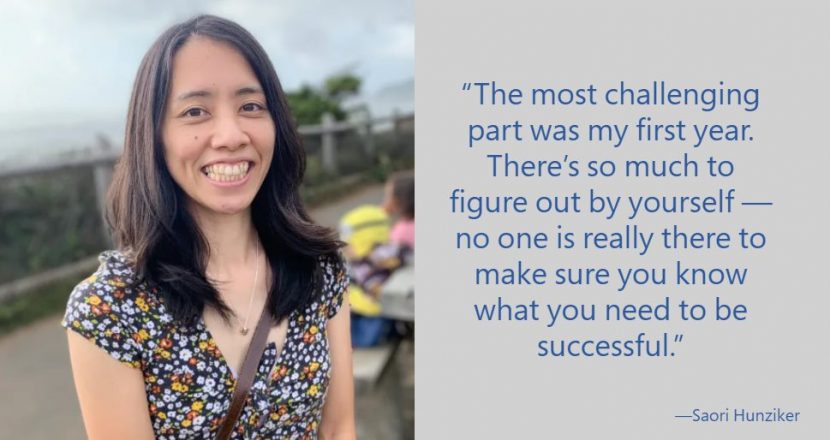
Hunziker’s struggle would sound familiar to Kyle Dương, a student currently attending the University of Washington who plans to become a science teacher. As a first-generation Vietnamese-Cambodian American college student, Dương’s entry into STEM education “within the intertwining systems of power, privilege and oppression” was complicated. Institutions and individuals often lump him into the broader category of “Asian,” which not only ignores his ethnic background, but also washes out the unique challenges he faces while earning his degree.
Then there’s Brenda Mata-Diaz, a first-generation Latina student who shares many of these experiences. A lack of representation in college STEM courses made Mata-Diaz question whether she was smart enough to pursue nursing. Couple this with high tuition prices and her full-time job as a nurse tech at Harborview Medical Center, and college seemed like a far-off dream rather than a feasible option.
All three of these students shared significant challenges, but all three also embody success; they each overcame socioeconomic and institutional barriers to achieve their educational goals.
However, their experiences represent deeper systemic challenges in higher education, and by extension, the countless career fields that rely on a diverse and qualified pool of graduates.
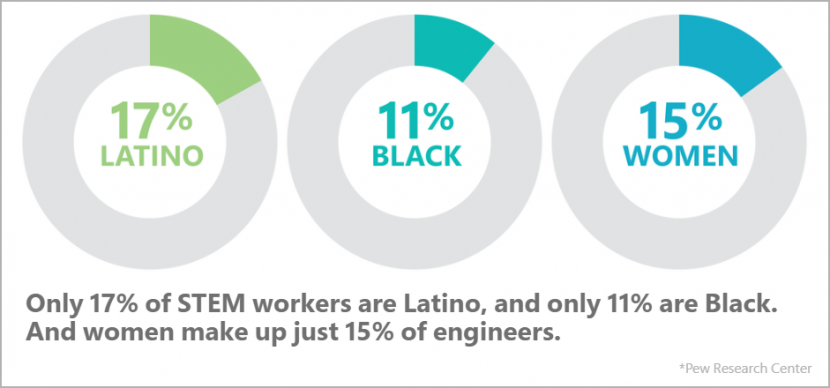
This is a problem, says Kimber Connors, executive director of the Washington State Opportunity Scholarship, because it throttles creativity and has negative impacts for both workers and consumers. “Innovative industries thrive when they reflect the communities where they’re based,” she says. “The best ideas and creative solutions come from thinkers and leaders who have diverse lived experiences and distinct lenses for interpreting the world.”
Many of these workforce disparities start in college, and that’s where Connors and WSOS step in. They help Washington state students like Hunziker, Dương, and Mata-Diaz with financial assistance and career services so they can pursue their educational goals. To date, they’ve supported over 14,000 students in baccalaureate and technical programs, with thousands more expected in the coming years.
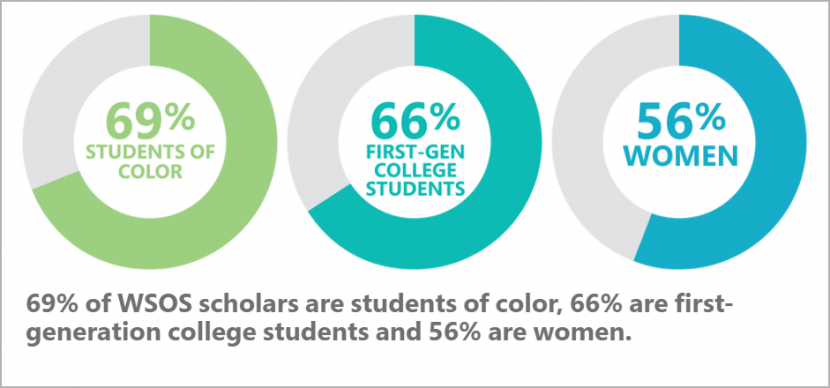
Saori Hunziker is one of these students. After obtaining her associate degree in art and science, Hunziker applied for the Washington State Opportunity Scholarship to help her navigate the complexities of college while balancing both motherhood and her career.
But with WSOS, she says, she was able to find a crucial lifeline that provided her with resources, community, and mentorship to help her reach her goals. Specifically, she was connected with a peer mentor known as a Scholar Lead, whose job is to “help new students build an academic and social foundation, starting with a welcome phone call before the first day of class and extending through the rest of the year,” says Connors.
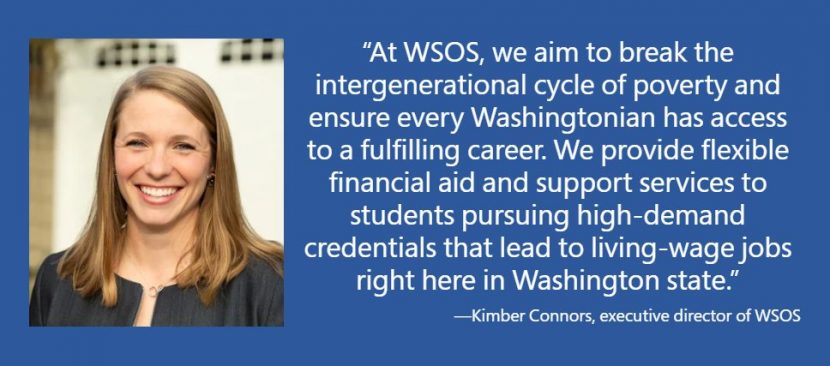
It worked. Hunziker is now continuing her education at Western Governors University, studying computer science while raising two kids, ages 5 and 7, and she has plans to pursue a career in virtual reality development. She also spent the last year serving as a Scholar Lead herself.
“I am so grateful that I didn’t have to worry about money to go to college because of WSOS’s support,” she says. “I was able to take care of my kids, go to college, and learn [virtual reality/augmented reality] development. I even built a virtual reality Epi-pen trainer application outside of schoolwork.” WSOS has served countless students like Hunziker since the program began in 2011 as a unique public-private partnership. Each private donation to WSOS is matched dollar-for-dollar by the state of Washington, amplifying the organization’s reach and unlocking opportunities for more students. This has drawn a diverse group of supporters, including philanthropist Gary Rubens, former Gov. Christine Gregoire, and Brad Smith, president of Microsoft and board chair of WSOS.
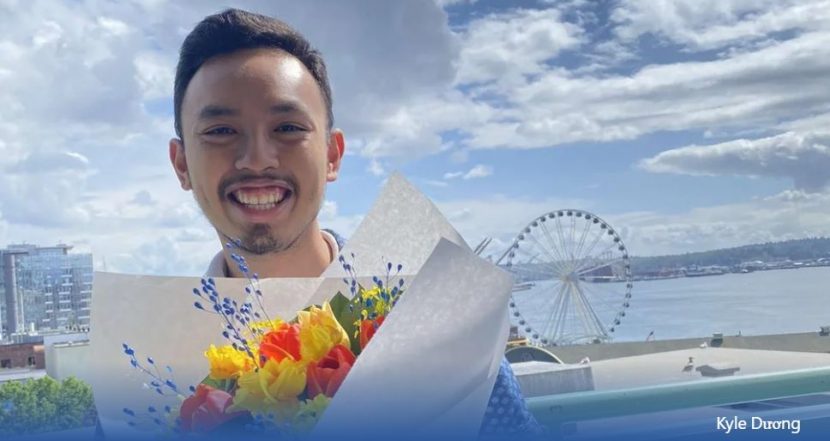
For Dương, WSOS solidified his passion for STEM education. “This scholarship lessened the severity of the opportunity gap,” he says, and helped him decide it was time to shift his education from medicine to teaching, with a focus on storytelling as a form of healing that can bring more students like him into STEM fields. “I’m excited to contribute to this growing field in which the human experience is centered on how we can do and be better,” he says.
2022 marks the program’s 10th year helping Washington students pursue their educational goals. In collaboration with the private sector, WSOS is also building a stronger and more diverse workforce, particularly in fields like STEM and health care. This is especially needed in STEM fields where women, Black, Indigenous, and people of color are historically excluded.
Because of this, WSOS provides support for underrepresented students across Washington state: Scholars come from every single county and legislative district, and many students come from urban, suburban, and rural areas where college opportunity is often limited. They attend schools across the state, too. Hundreds of graduates earn their degrees from the University of Washington, Central Washington University, Eastern Washington University, and more.
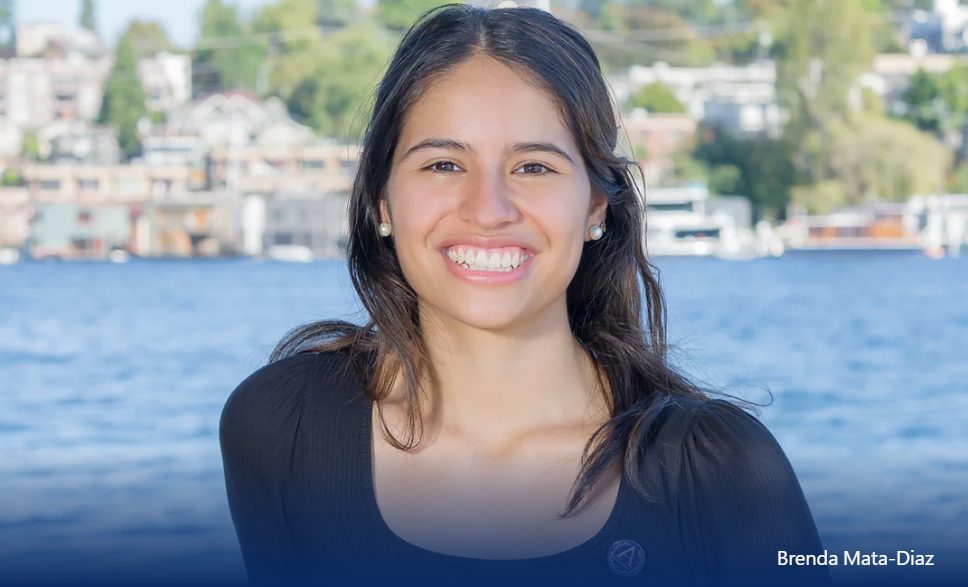
This far-reaching support allowed Brenda Mata-Diaz to enroll in higher education and accelerate her career. As a nurse tech receiving support from WSOS, she knows that a diverse workforce in health care is crucial to addressing health disparities that disproportionately impact people of color. Before WSOS, Mata-Diaz never thought that a career in health care was possible, due to the financial strains associated with higher education. She was also the first in her family to enroll in college, a distinction that made her proud but also left her without a road map to follow.
Receiving her scholarship, however, made her realize that her educational goals were possible. In fact, one day, Mata-Diaz hopes to open her own clinic – a dream that seemed impossible only a few short years ago.
Local employers also recognize the importance of supporting talented students like Mata-Diaz. As a longtime supporter of WSOS, Microsoft is one of those employers.
“At Microsoft, we invest in programs such as WSOS to build a more equitable workforce and society,” says Lindsay-Rae McIntyre, chief diversity officer at Microsoft. “Increasing access to higher education broadens opportunities for students from diverse backgrounds to pursue careers in STEM, while also accelerating innovation and making technology companies more competitive.”
Whether it’s in computer science, science education, or health care, reshaping the workforce takes time, especially for students balancing school with other responsibilities.
Saori Hunziker, the mother of two, knows this well. She’s now looking ahead to the future, with plans to graduate in June and work in computer science developing programs with fellow parents in mind. “I’m excited to give back to other Opportunity Scholars,” she says. “WSOS is so welcoming and supportive — I want to help others feel supported during their college experience the way I have.”
